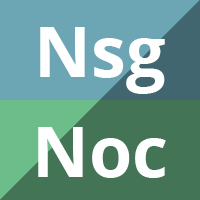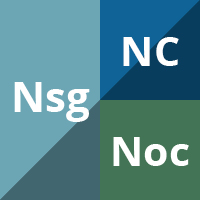
Pharmacological interventions for the prevention of acute postoperative pain in adults following brain surgery
Abstract Background Pain following brain surgery can compromise recovery. Several pharmacological interventions have been used to prevent pain after craniotomy; however, there is currently a lack of evidence regarding which interventions are most effective. Objectives The objectives are to assess the effectiveness of pharmacological interventions for prevention of acute postoperative pain in adults undergoing brain […]

Route of antibiotic prophylaxis for prevention of cerebrospinal fluid-shunt infection
Abstract Background The main complication of cerebrospinal fluid (CSF) shunt surgery is shunt infection. Prevention of these shunt infections consists of the perioperative use of antibiotics that can be administered in five different ways: orally; intravenously; intrathecally; topically; and via the implantation of antibiotic‐impregnated shunt catheters. Objectives To determine the effect of different routes of […]

Whole brain radiotherapy for the treatment of newly diagnosed multiple brain metastases
Abstract Background This is an update to the review published in the Cochrane Library (2012, Issue 4). It is estimated that 20% to 40% of people with cancer will develop brain metastases during the course of their illness. The burden of brain metastases impacts quality and length of survival. Objectives To assess the effectiveness and […]

Whole brain radiation therapy (WBRT) alone versus WBRT and radiosurgery for the treatment of brain metastases
Abstract Background Historically, whole brain radiation therapy (WBRT) has been the main treatment for brain metastases. Stereotactic radiosurgery (SRS) delivers high‐dose focused radiation and is being increasingly utilized to treat brain metastases. The benefit of adding SRS to WBRT is unclear. This is an updated version of the original Cochrane Review published in Issue 9, […]

Intravenous versus inhalational techniques for rapid emergence from anaesthesia in patients undergoing brain tumour surgery
Abstract Background Brain tumour surgery usually is carried out with the patient under general anaesthesia. Over past years, both intravenous and inhalational anaesthetic agents have been used, but the superiority of one agent over the other is a topic of ongoing debate. Early and rapid emergence from anaesthesia is desirable for most neurosurgical patients. With […]

External drains versus no drains after burr-hole evacuation for the treatment of chronic subdural haematoma in adults
Abstract Background Chronic subdural haematoma (CSDH) is one of the most common types of intracranial haematoma, and often occurs in older people. Burr-hole craniostomy, which is an evacuation through one or two burr holes drilled over the site of the haematoma, has been widely accepted as the most effective way to manage CSDH. Recurrences are […]

Cooling for cerebral protection during brain surgery
Abstract Background Patients undergoing neurosurgery are at risk of cerebral ischaemia with resultant cerebral hypoxia and neuronal cell death. This can increase both the risk of mortality and long term neurological disability. Induced hypothermia has been shown to reduce the risk of cerebral ischaemic damage in both animal studies and in humans who have been […]

Adjuvant treatment of anaplastic oligodendrogliomas and oligoastrocytomas
Abstract Background Standard care of adjuvant treatment for anaplastic oligodendrogliomas (AO) and anaplastic oligoastrocytomas (AOA) is not yet well defined. The benefit of adjuvant chemotherapy and radiotherapy (RT), given as single modalities or sequentially, is still unclear. Furthermore, insight into the predictive and prognostic impact of various biomarkers is surging. Objectives To compare postoperative sequential […]

High-dose chemotherapy and autologous haematopoietic stem cell rescue for children with high-risk neuroblastoma
Abstract Background Despite the development of new treatment options, the prognosis of high-risk neuroblastoma patients is still poor; more than half of patients experience disease recurrence. High-dose chemotherapy and haematopoietic stem cell rescue (i.e. myeloablative therapy) might improve survival. This review is an update of a previously published Cochrane review. Objectives The primary objective was […]

Temozolomide for high grade glioma
Abstract Background High grade glioma (HGG) is an aggressive form of brain cancer. Treatment of HGG usually entails biopsy, or resection if safe, followed by radiotherapy. Temozolomide is a novel oral chemotherapy drug that penetrates into the brain and purportedly has a low incidence of adverse events. Objectives To assess whether temozolomide has any advantage […]

